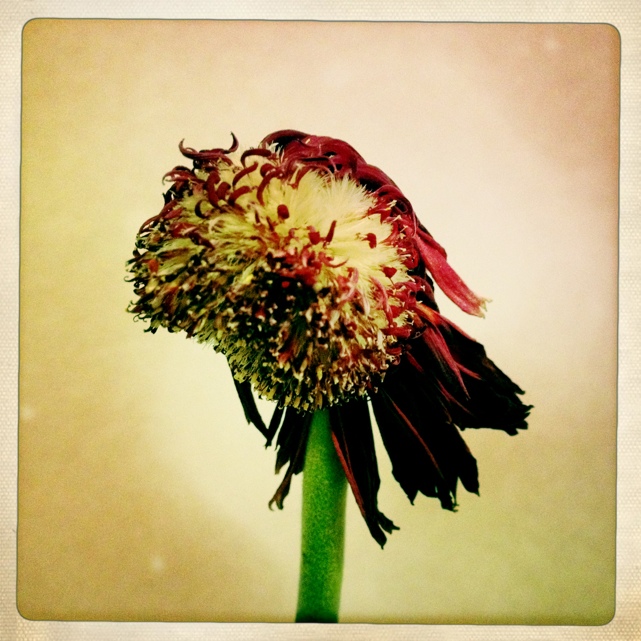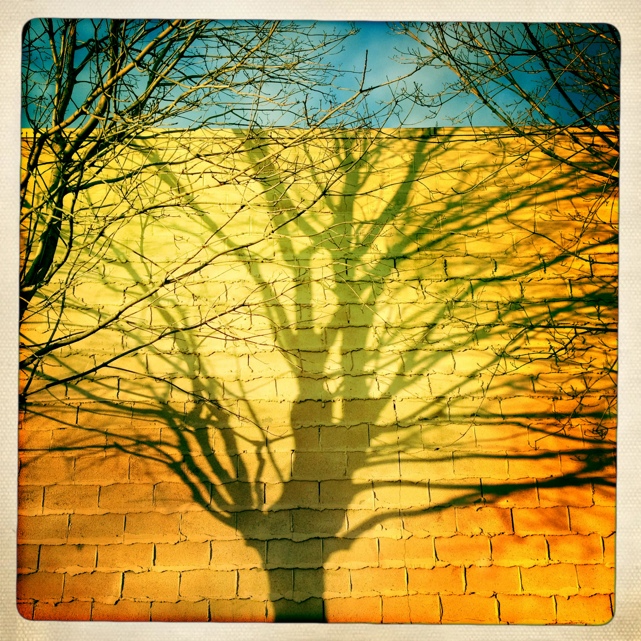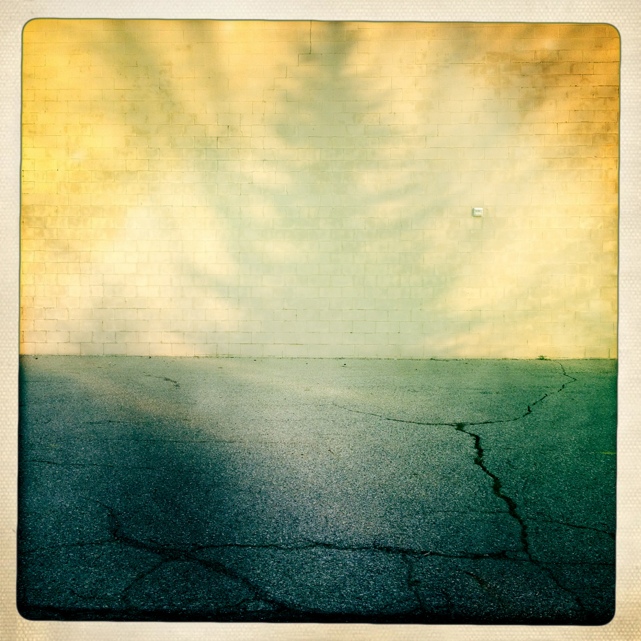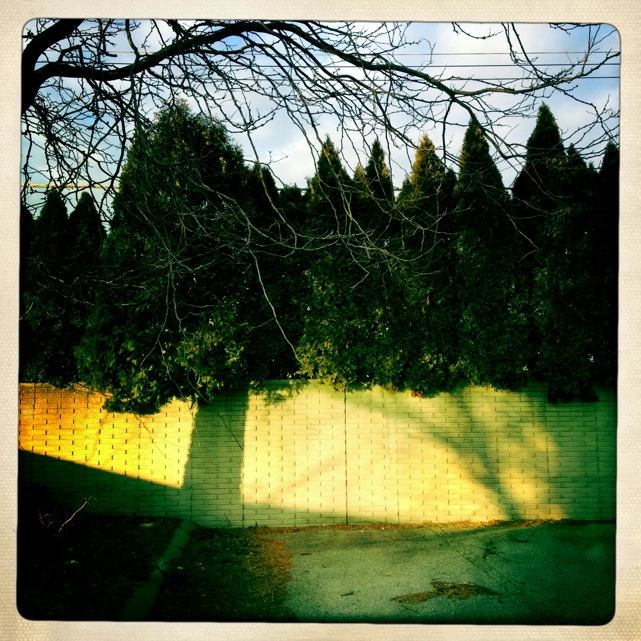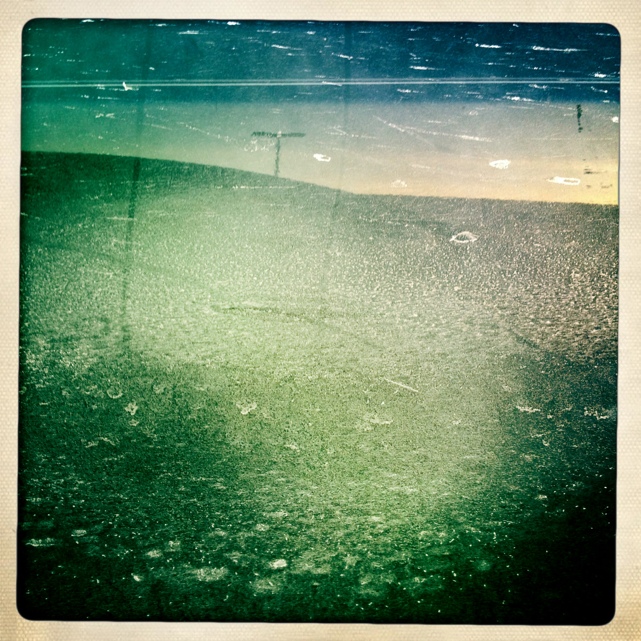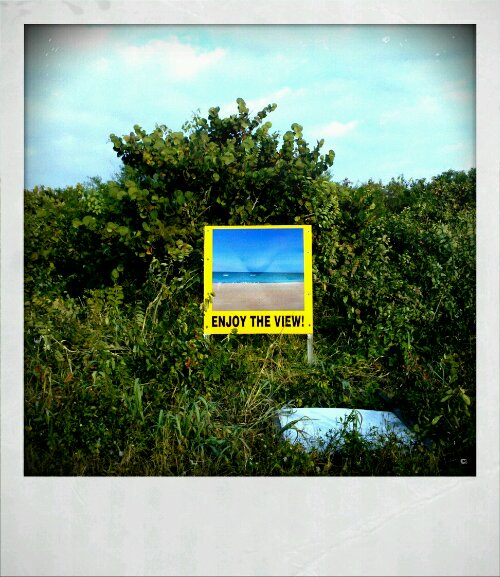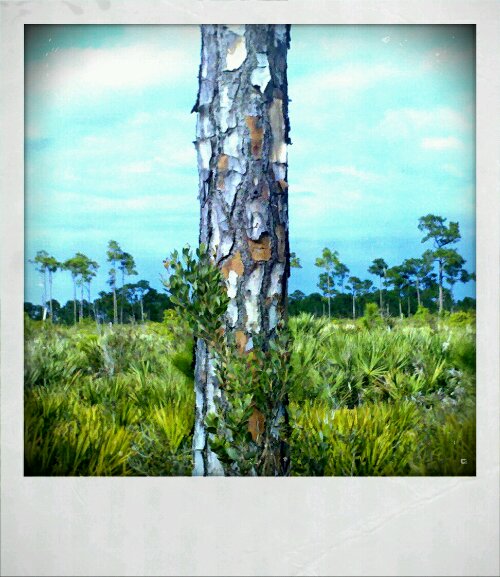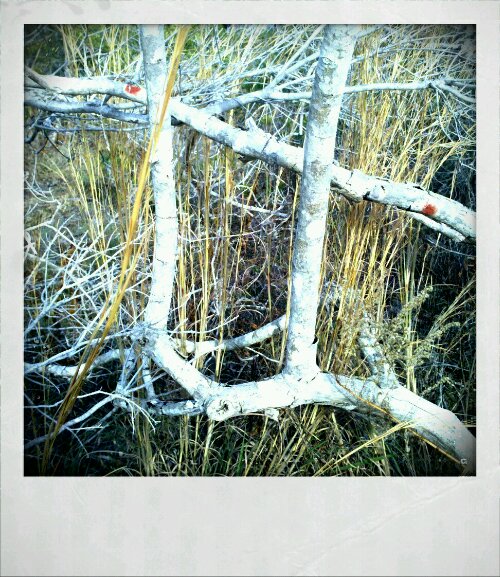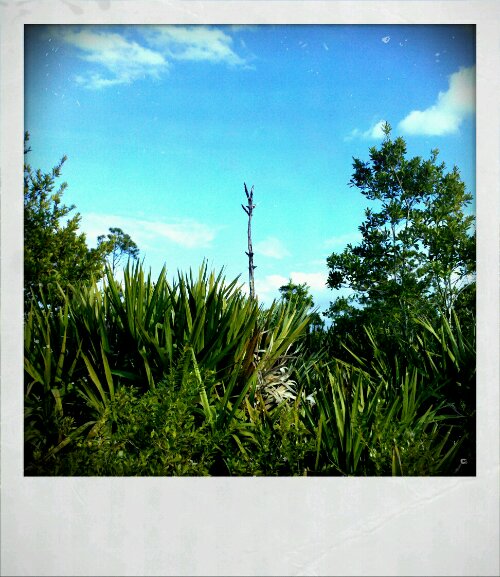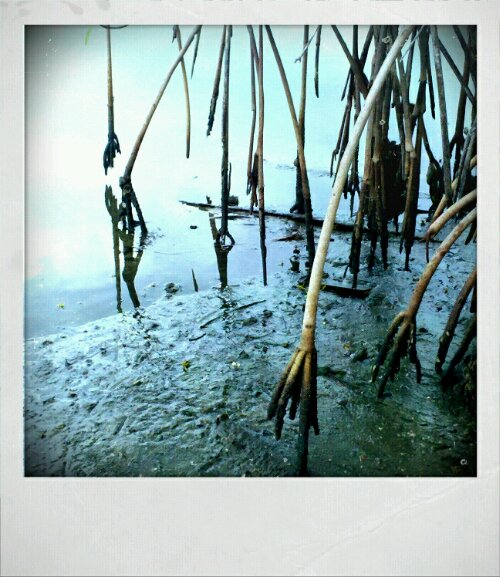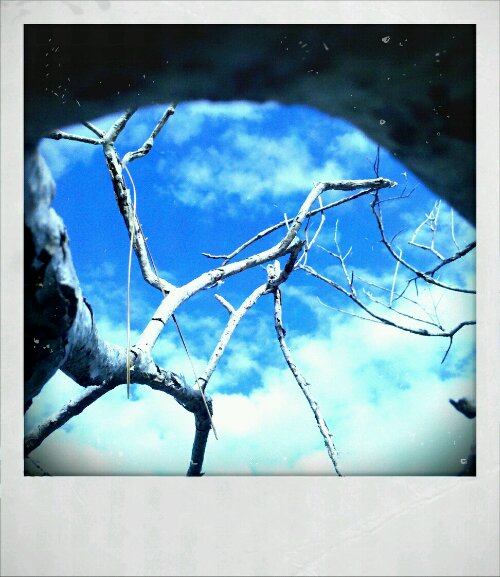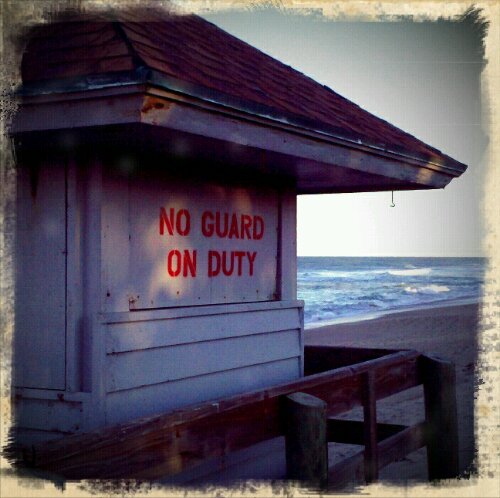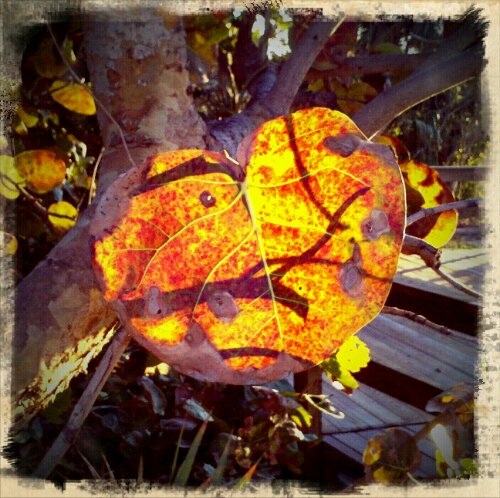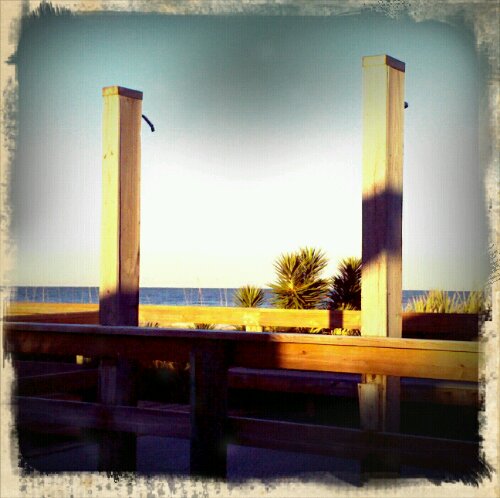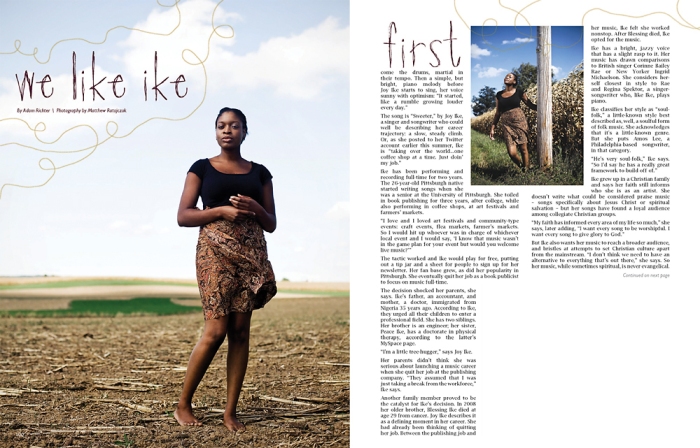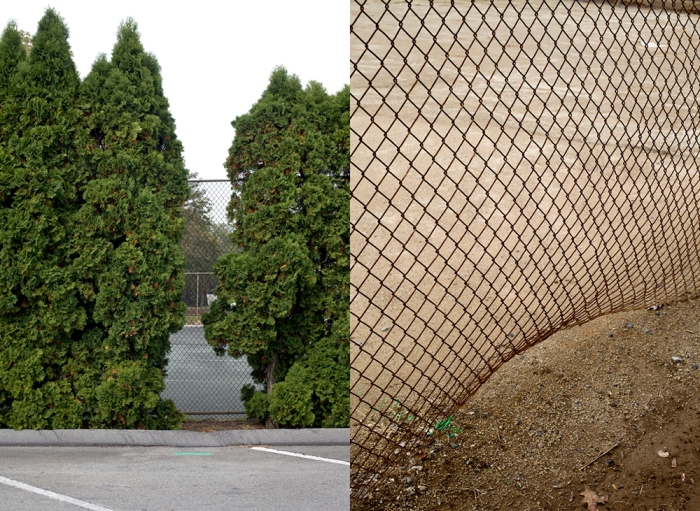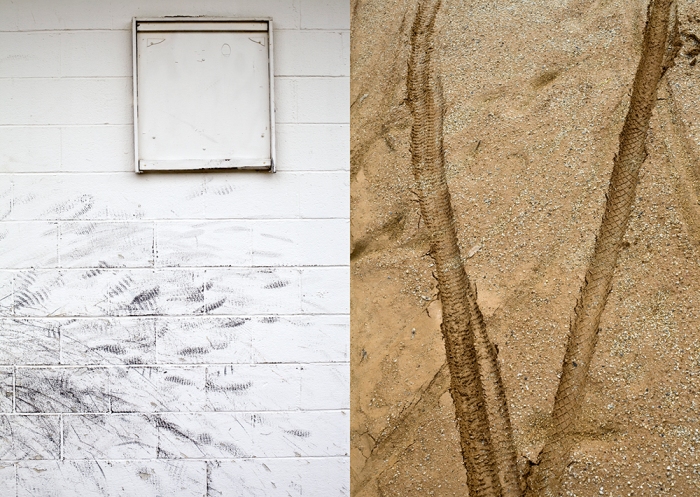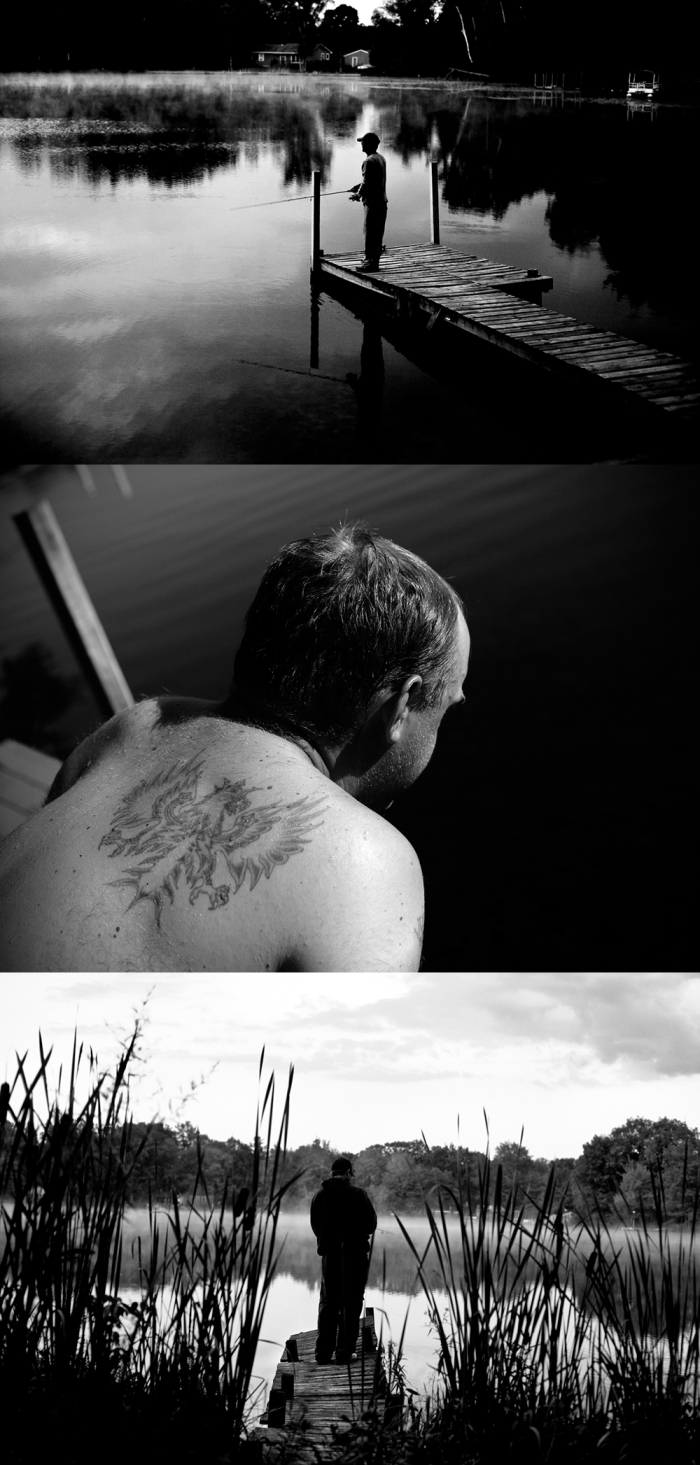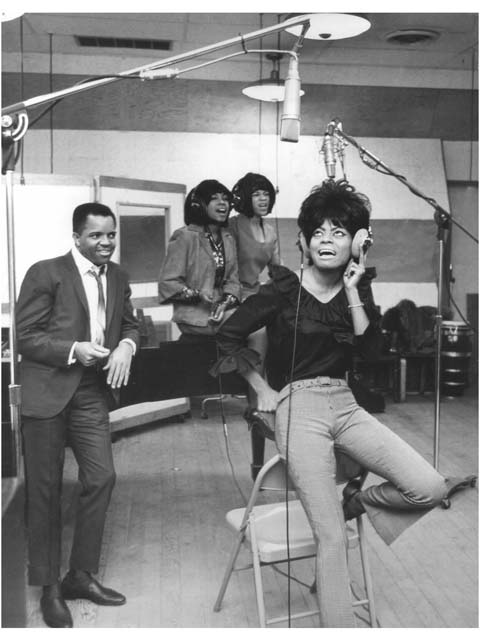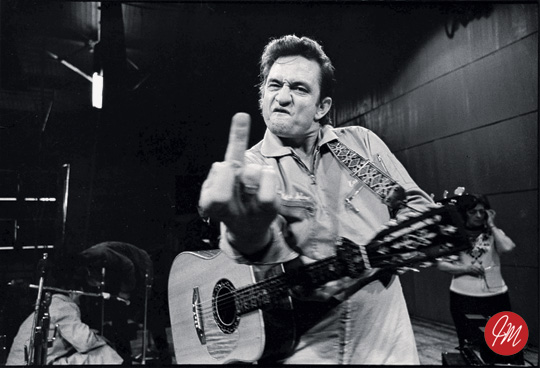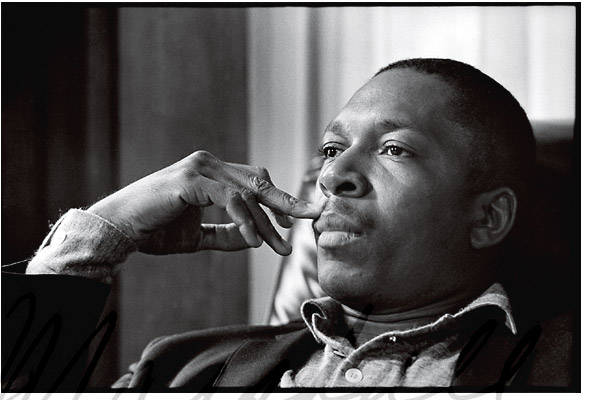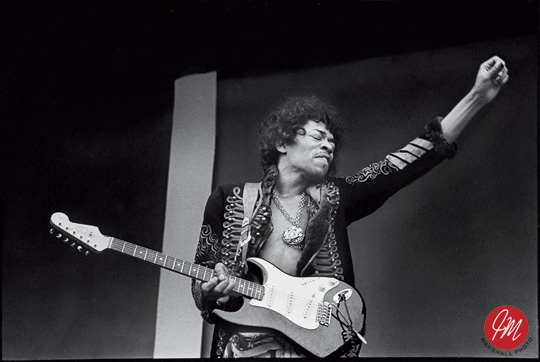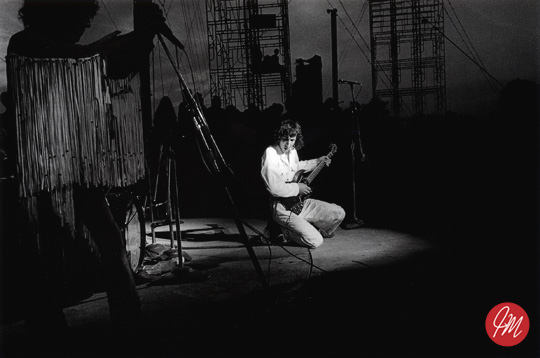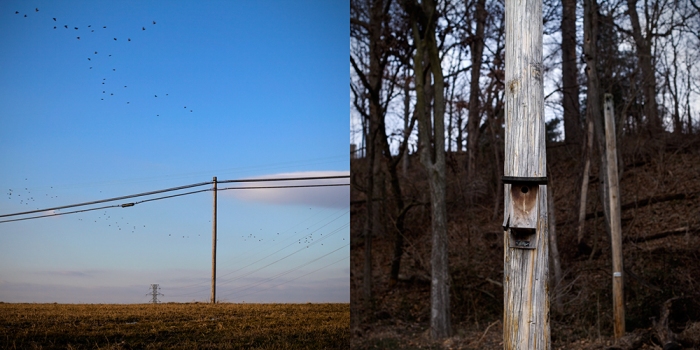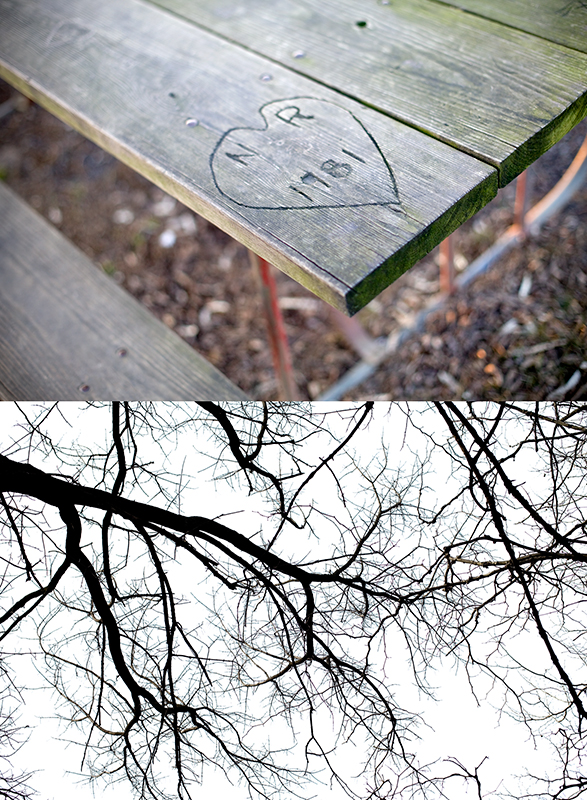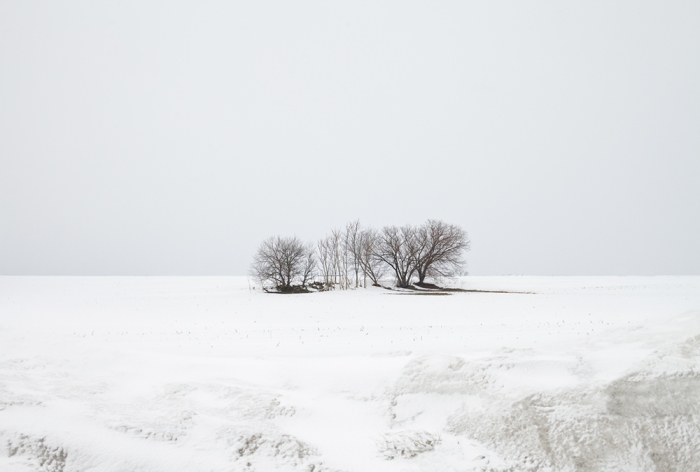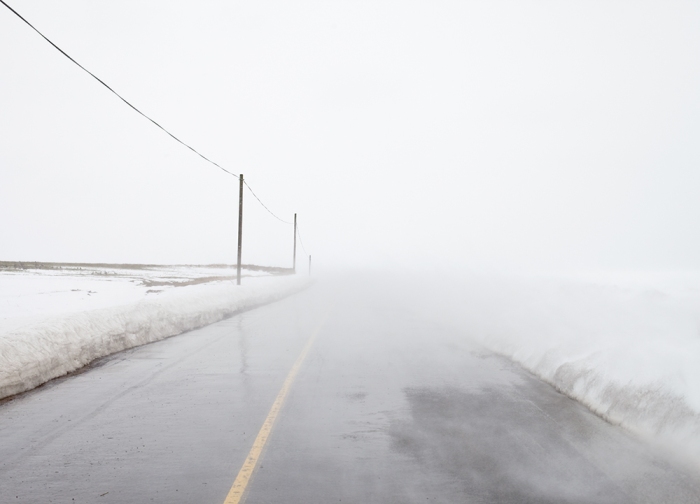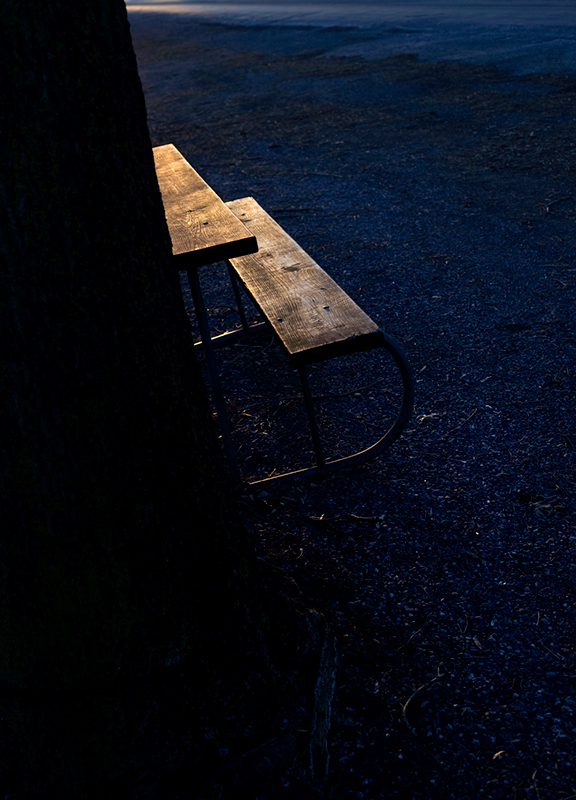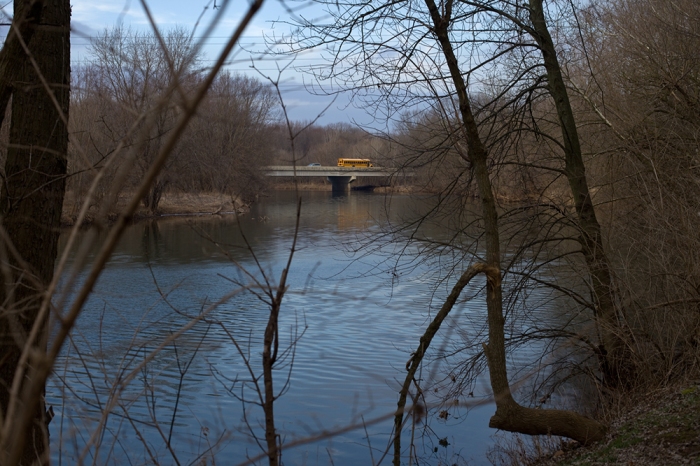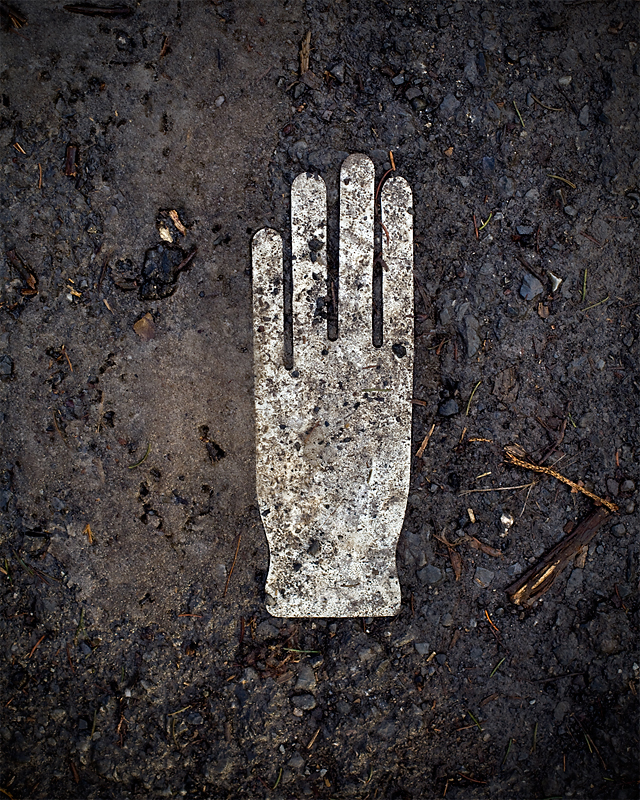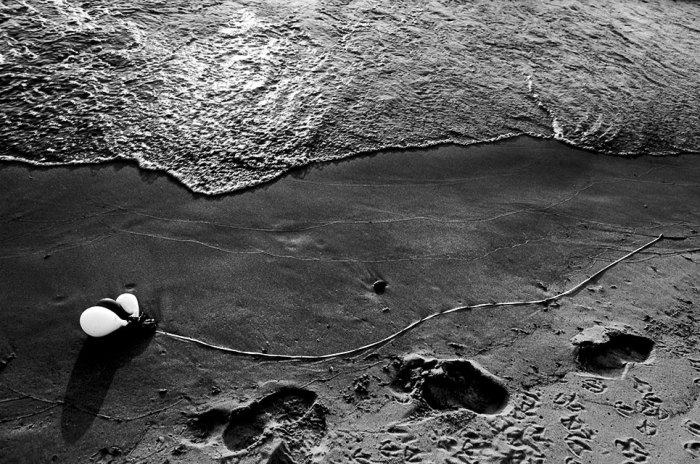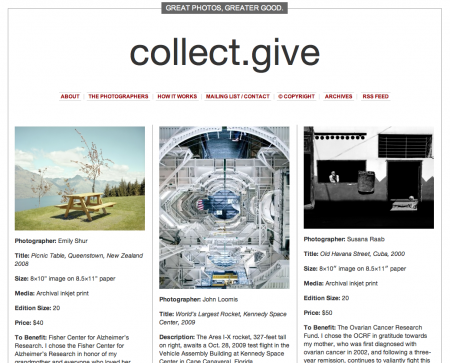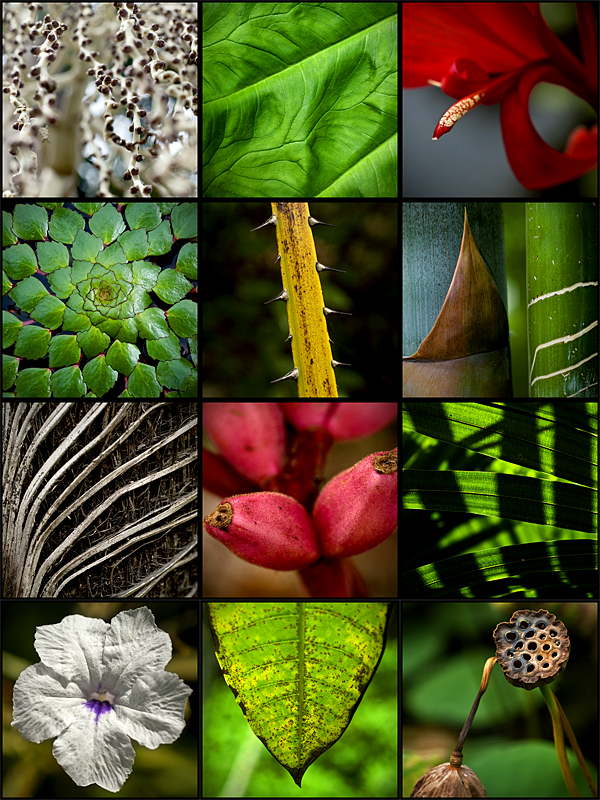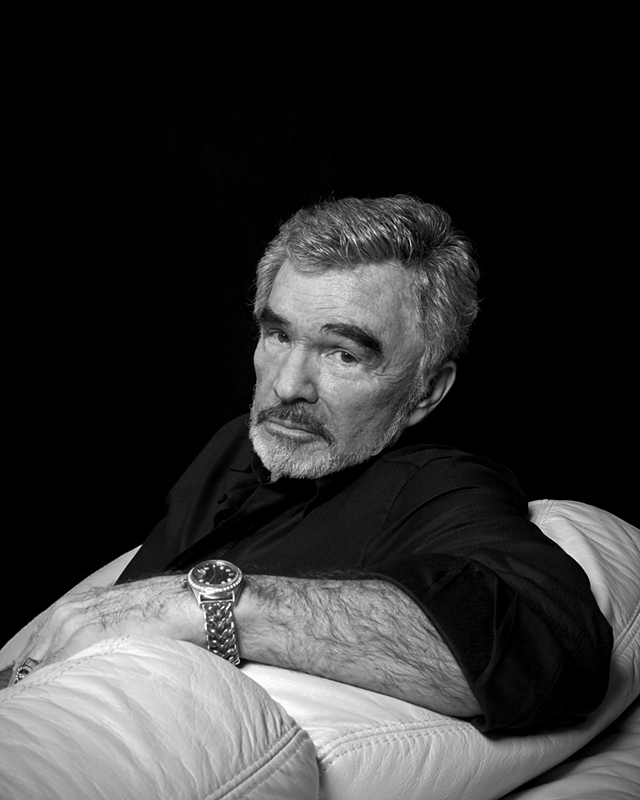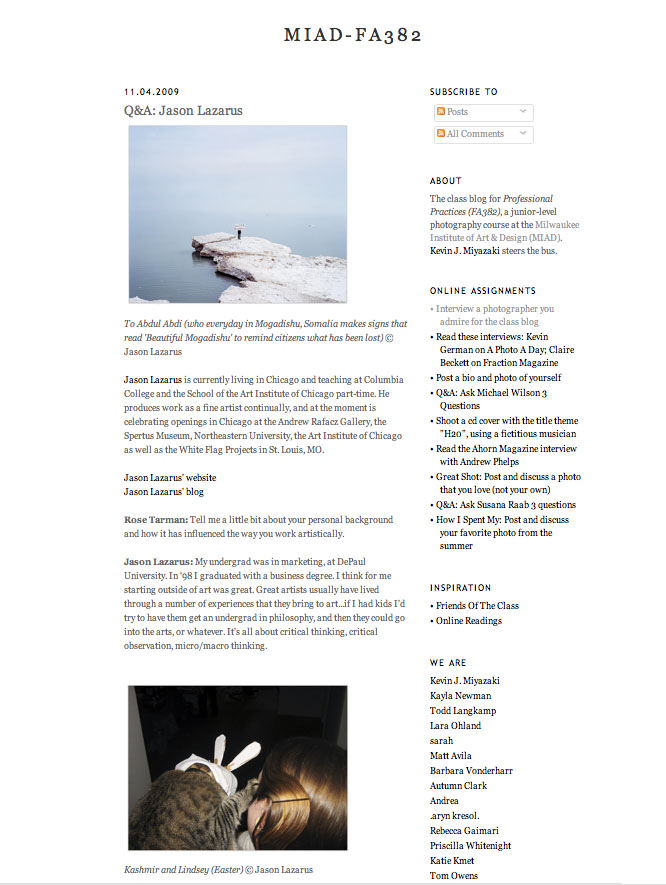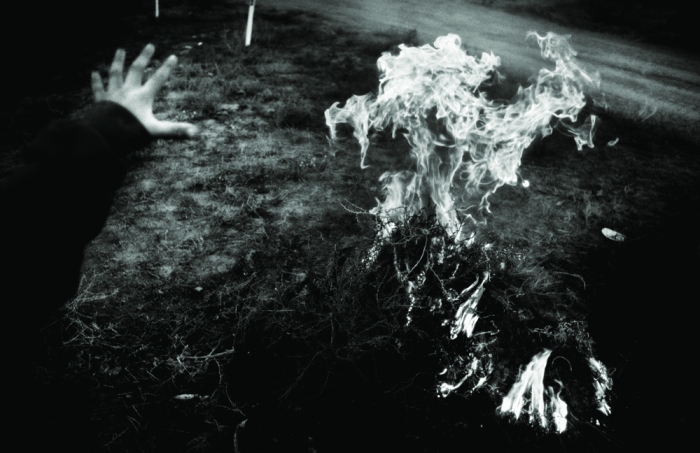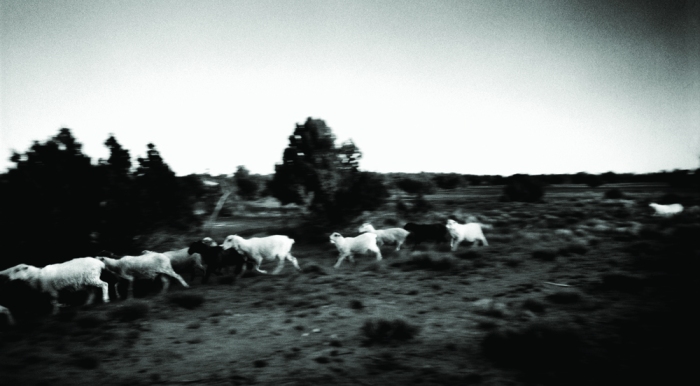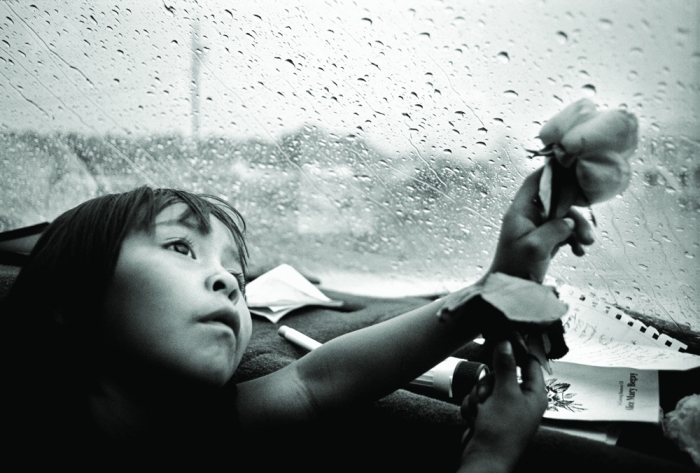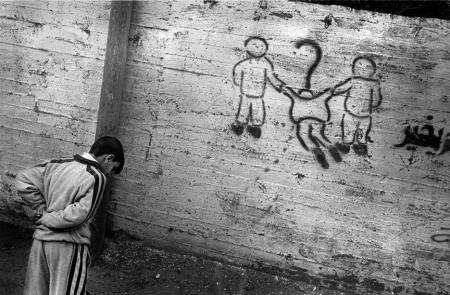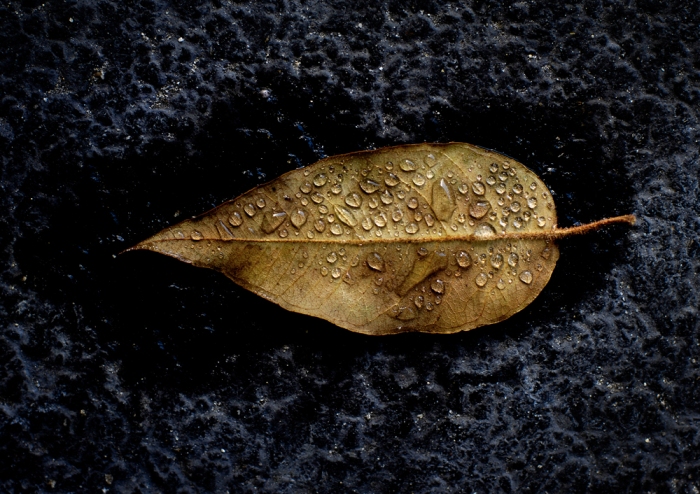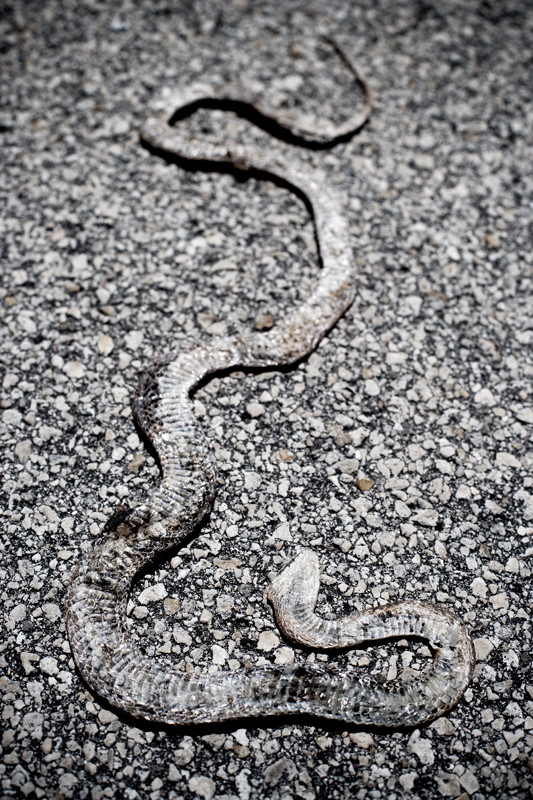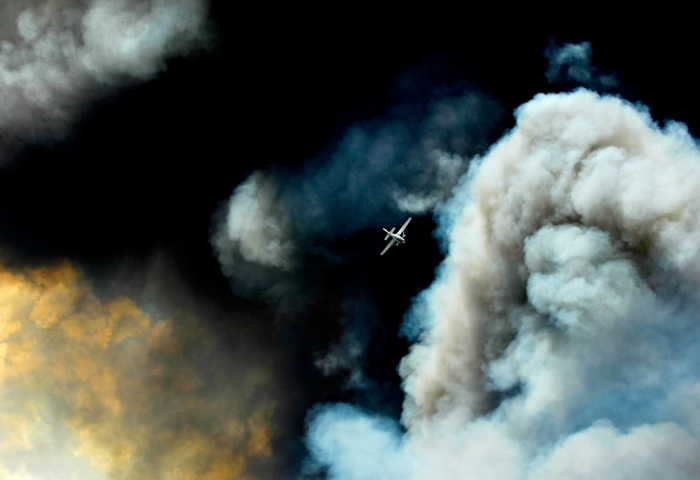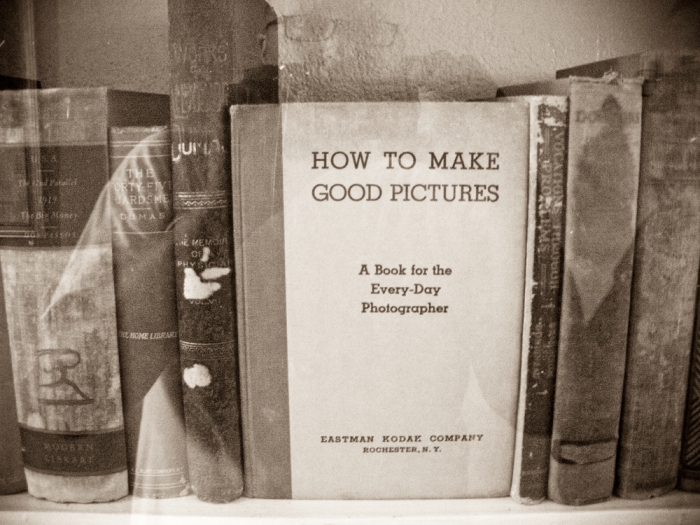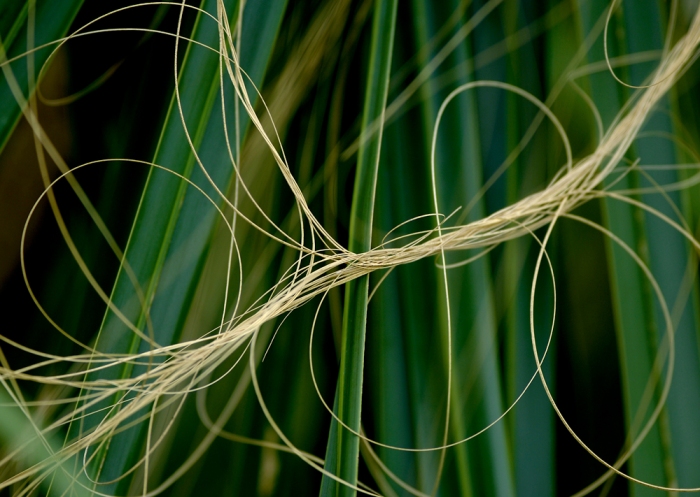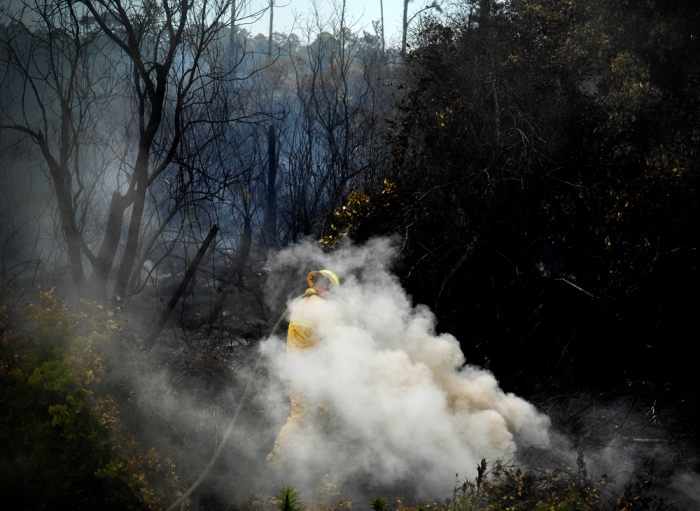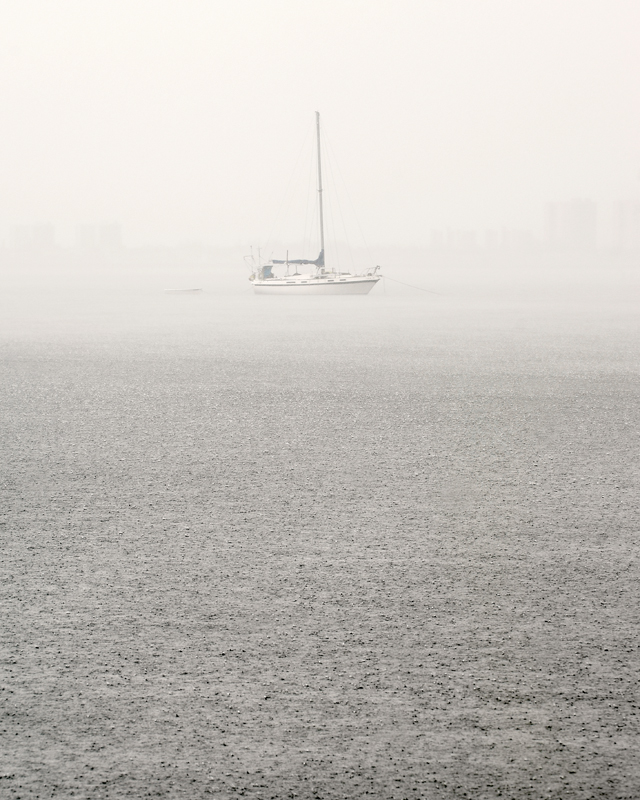Joy Ike for Fine Living Lancaster magazine
I’ve been working a lot with Fine Living Lancaster, a local quarterly publication based in Lancaster, PA, my current home base of operation. All the shoots have been solid and I’ve met some fantastic people. But meeting and photographing Pittsburgh-based “soul-folk” singer/songwriter Joy Ike has got to be near the top of the list for my favorite FLL shoots in 2010. If you like Corinne Bailey Rae, Regina Spektor and Amos Lee, you might dig Ike. Like her name, she was a pure joy to work with.
Big thanks to Editor in Chief, Mark Pontz and Art Director, Katerina Kuss, for their support, direction, excellent design skills and for help holding reflectors, setting up lights and carrying heavy bags of gear. Mark is the only man I know who can talk and/or text on his phone while holding a reflector on a windy day. Bravo Mark, bravo. Looking forward to a few more gigs with them in 2010 and many more in 2011.
Here’s another one of Joy that I like that didn’t make the magazine.
“Behind the Curtain” | An Interview with Ryan Donnell
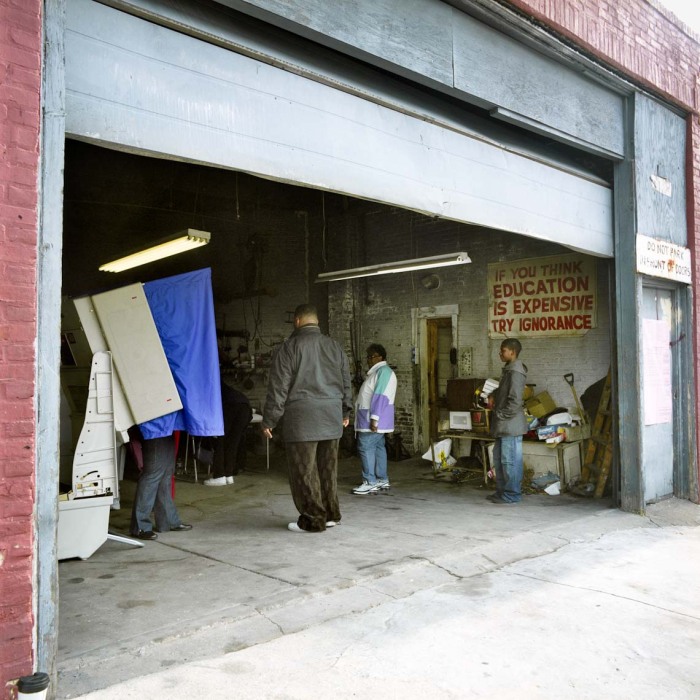
Auto Repair Shop. Southwest Philadelphia. November 4, 2008. Copyright © 2010 Ryan Donnell. All Rights Reserved.
With the 2010 Mid-term Elections just days away, I thought this would be the perfect time to talk with friend and inspirator, Philadelphia-based photographer Ryan Donnell, about his personal project “Behind the Curtain: A Look at Philadelphia’s Unique Polling Stations” Photographed between 2008 and 2010, the project takes a look at some of the weirdest, unreal polling places I’ve ever seen.
Matthew: Before you talk about your Philadelphia polling places project, tell us about yourself, your background, when you became interested in photography and why you decided to make a career and life as a professional photographer.
Ryan: There seem to be two types of photographers: those introduced to photography early on by a family member and become obsessed with it and those who discover it on their own later in life, usually during an “art phase” in college or during a mid-life crisis in the office. I’m of the former type, my aunt giving me my first camera when I was about 10 or 11. As we move forward, keep in mind my memory is suspect for most things, but I recall back then really enjoying shooting pictures of zoo animals and plants at the botanical gardens. By the time high school rolled around, I was obsessed with those Canon EOS ads in PDN that featured photojournalist Christopher Morris, with his awesome scarves and that wavy hair. The one memory I can vividly remember is the horrified look on my dad’s face the day I told him that I wanted to be a war photographer. I could see him grasping for other career suggestions, but coming up short, probably because he knew that I was right…war photographers are cool as shit.
So it makes sense that I was immediately drawn to newspaper photojournalism. My career started off with a bang when I became the youngest staff photographer, and eventually the youngest photo editor, at my high school’s newspaper, the illustrious Kirkwood High School Call, in suburban St. Louis during my freshman year. After graduation I decided there was no way that I could make a decent living as a news photographer (How prescient I was back then!), so I went off to Colorado State University where I majored in Biology with plans to become a globe trotting biologist. After three months of biology classes, I came to the realization that I couldn’t make a decent living as a biologist either, and compared to photography, there was a hell of a lot more math involved. So after a blissful year of R&R in Fort Collins, I went home and enrolled at the University of Missouri with the intention of becoming a newspaper photographer.
Once in the photojournalism program at Missouri, I struck-out on almost every newspaper internship I applied for, save for one awesome summer in DC at The Washington Times (praise be to Julie Elman and Glenn Stubbe, wherever they are, for helping me with that opportunity) during the Monica Lewinsky trial. This photojournalism thing was AWESOME! Eight-hour stakeouts of Monica Lewinsky, unbelievable. Meeting new and interesting people everyday, killer. Police ride-alongs, freaking amazing. Telling stories, addictive.
Then I graduated and I couldn’t find a job to save my life until Tom Fox gave me a chance as a part-time photographer in Texas at the Arlington Morning News, a smaller sister paper owned by the Dallas Morning News. After a year or two (fuzzy memory due to massive amounts of bourbon) I got laid-off from the AMN (again, ahead of my times) and was convinced to stick around Dallas in order to freelance for the DMN with the hope of getting a staff job.
The DMN was an unreal place to cut your teeth as a young photographer. There were about 30 staff photographers and half as many full-time freelancers, all covering an enormous metro area. I was there at an exciting time, during the transition to digital photography, and I learned a lot from some of the best and most successful photojournalists in the country. Everyone was competitive, but supportive. We had crazy Friday nights, sometimes covering three high school football games in an evening. I saw almost every part of Texas. I covered car races, murders, pro baseball, more football, parades (wait, that’s not as fun), more football and then more football. It was awesome, until it wasn’t. They treated and paid their freelancers great, until they didn’t. The industry was changing and after a few more years at the DMN and being passed over for a few job openings, I decided to leave. I applied for more than 40 jobs and no one would look at me. So, I did the only sensible thing, I ran away to Mexico for a few months with a painter friend of mine and just shot pictures for myself.

Vietnamese Restaurant. South Philadelphia. November 4, 2008. Copyright © 2010 Ryan Donnell. All Rights Reserved.
M: So how did you end up in Philadelphia? What is it like working there? What are some of the challenges? What are some of the perks or what’s the upside to working there?
R: After returning to the States, I didn’t know where to go or how to start a freelance business. Even though I had been freelancing for the DMN for a number of years, I was treated basically like a staffer. They were my sole source of income. I freelanced for the St Louis Post-Dispatch and The New York Times for a while back home in St. Louis. I quickly realized that I was falling back into the same trap I was in when I was in Dallas, i.e., a never-ending freelance career of $75 assignments and no benefits. I was never going to retire on that. Plus, I was working under a work-for-hire contract and never retained any of my copyrights. I knew I needed to get closer to New York, but I never wanted to live there. So it was fortuitous when two good friends from Dallas got jobs at the Philadelphia Inquirer and my older brother started graduate school in Philly. So, I packed up the car and headed east.
When I first got here, I was still working as a freelance news photographer, mostly for The New York Times. There was quite a bit of work, at least enough work for someone with no real expenses, like health insurance. I never learned how to run a business while in school at Missouri, always assuming that I would work for a newspaper. Once I switched my mindset to one of “I’m a small business and I need to get serious about it,” I started finding better work.
Philadelphia is a great place to be an independent, creative person. At least it’s been great for me. There’s a large community of like-minded people creating, supporting and buying art, but without the level of competition you find in New York. And of course, our cost-of-living is like 10,000 times cheaper than NYC. Well, maybe not that much, but a lot. Regardless, I find it a supportive and lively community, one that is becoming better every day. But being so close to New York is also a blessing and a curse. I’m close enough to easily take a day trip north to meet with clients, but Philly is also close enough that those same clients can easily send their favorite NYC photographers down here to work for basically nothing.
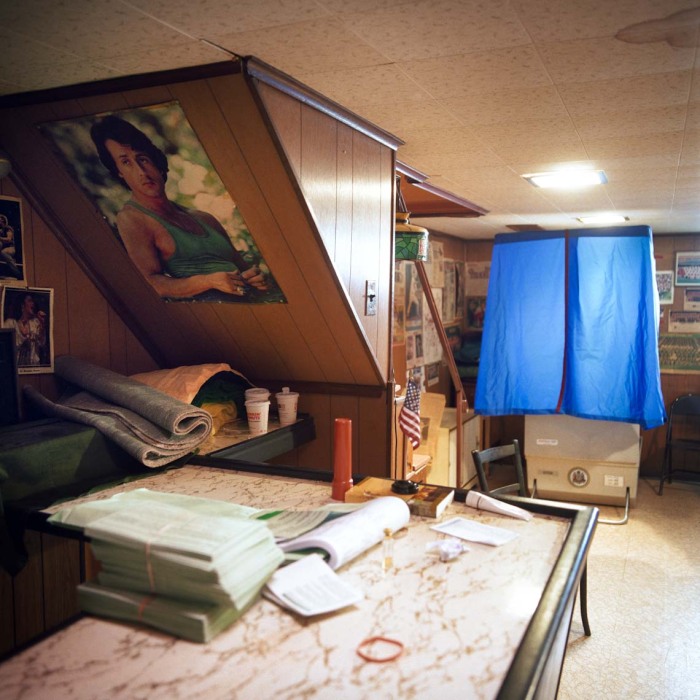
Private Residence (Owners Deceased). South Philadelphia. November 4, 2008. Copyright © 2010 Ryan Donnell. All Rights Reserved.
M: Tell me about your project “Behind the Curtain.” Where did the idea come from? How long have you been working on it? Is it finished? Do you have any plans of publishing it in a tangible way? Gallery exhibition?
R: So, I’m going to get in a lot of trouble if I don’t give the proper credit for this project to my wife, Catherine. She’s the city hall reporter for the Philadelphia Daily News. So, we’re a pretty politically involved couple. That is, we like following it and talking about it, a lot. When we moved into our first shared apartment in south Philadelphia, our polling station was housed in an Italian-American social club. The first time I walked in I was greeted by two huge guys smoking cigarettes and eating donuts. Photos of Frank Sinatra and bikini-clad women adorned the walls and our two polling booths were stuffed amongst a folded up ping-pong table and some faux leather couches. I remember thinking: A) whoa, B) this is cool as shit and C) man, this is weird. Catherine had heard stories about polling stations housed in bars, funeral homes and in people’s houses! And she’d also heard that the city was beginning to phase out a lot of the more unusual locations because of American Disability Act compliance and maybe the fact that voting in a dead man’s basement might look a little weird to outsiders. So the idea of documenting these places while they still existed really interested me. I kind of filed the idea of the project in the back of mind. This was around the fall of 2006. For another year and a half, I was building my business and like all of us, found it hard to find time to work on personal projects.

Roller Skating Rink. Southwest Philadelphia. November 4, 2008. Copyright © 2010 Ryan Donnell. All Rights Reserved.
When the 2008 election came around I was feeling a little weird since I wasn’t doing anything of importance photographically or journalistically, and it was such an IMPORTANT election (remember that feeling?). So I felt I should participate somehow. I started researching some of the more unusual sounding polling places in the city. The Philadelphia Elections Board actually posts a list of all the polling stations and every place has a small description next to the address, such as “Residence” or “Storefront” or “Water Department Laboratory.” So I made a list of the weirdest sounding places, packed-up my Hassy, tripod and film in my car and basically just drove all over the city of Philadelphia for about 10 hours on Election Day. I’ve done that every election since Nov. 2008.

Urban Defense Fitness Center. Ward 13, Division 04. May 18, 2010. Copyright © 2010 Ryan Donnell. All Rights Reserved.
It’s hard to tell if a project like this is finished or not. I’ve compiled a lot of awesome locations. I could continue shooting, but I’m pretty sure the Elections Board here in Philly is not into the project. Every election it’s gotten harder and harder to talk my way into the polling stations with the camera. It’s always depended on the particular mood of the polling station staff, but it’s gotten worse in the past year or so. So, I might head out this mid-term, but without much expectation, and mostly because a crew from the History Channel might produce a small segment about the project and they need some footage of me in action.
As far as publishing it beyond the Internet, I’d like to. I haven’t really shopped it around much, beyond a few mailers, printed and electronic. I’ve had a few magazines offer publication on THEIR websites, but I’d like to see it in print myself. And I’d love to get a gallery interested in the project, because I think that would be an appropriate venue for the work. I’m pretty much a fish out of water when it comes to the fine art world though.

Storefront (formerly 8 Two 8 Variety Grocery) Ward39, Division 18. Copyright © 2010 Ryan Donnell. All Rights Reserved.
M: Other than the art/photography world, is there another audience you are hoping to reach with the project? If so, how are you going about it?
R: Oddly enough, the majority of attention that the project has gotten has been from the political world. It was featured during the spring primary season on a few political blogs, locally and nationally, including Politico, Salon and I think one of The New York Times blogs.
I’ve also had some interest from a local elections watchdog group called the Committee of Seventy. They loved the work, though I’m not sure what will happen with them.
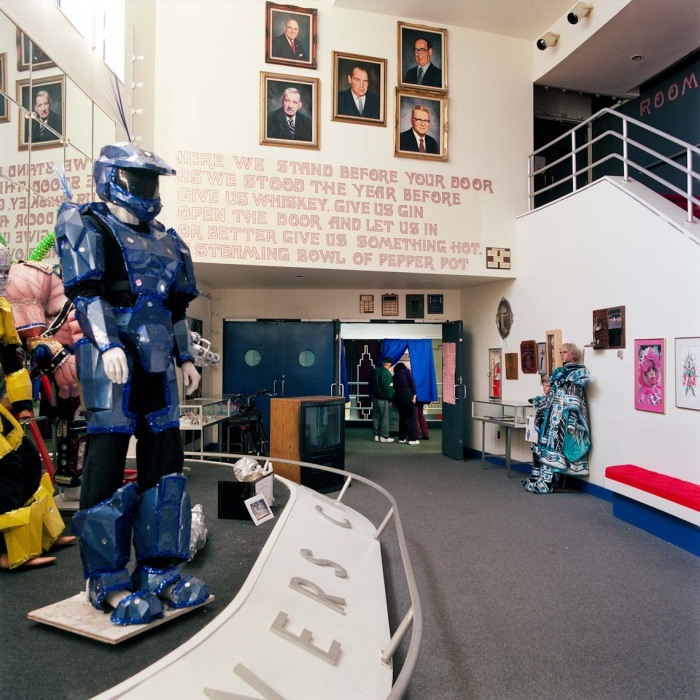
Mummer's Museum. Ward 58, Division 27. May 18, 2010. Copyright © 2010 Ryan Donnell. All Rights Reserved.
M: Looks like you shot most of it on film with your Hasselblad. Any particular reason for choosing this format?
R: I’m not really sure why I shot it on my Hasselblad. I’m not really a one-is-better-than-the-other photographer. I just really like my Hasselblad. And I think with this project I kind of wanted a little slower pace: loading the film, taking meter readings, etc, etc. And I just love that camera. I also think the square format works well for the spaces in which I was shooting. It has this feeling of looking in through a window, like a diorama, almost. I shot all of it with a 50mm lens, too, which is weird, because I’ve used that lens maybe twice before this project. It just felt natural.
I will tell you that scanning film is a bitch and I don’t miss that when I’m shooting digitally.

Anthony's Crab House & Saloon. Ward 39, Division 02. May 18, 2010. Copyright © 2010 Ryan Donnell. All Rights Reserved.
M: Other than the fact that Philly has some of the most unique polling places I’ve ever seen, were there any other motivating factors for pursuing this project?
R: A lot of my business has become produced portraiture and shoots for corporate and advertising clients. I think I was feeling out of touch from my documentary and photojournalism roots. I miss that kind of work most days and maybe this project was a way to feel connected to my original career aspirations.
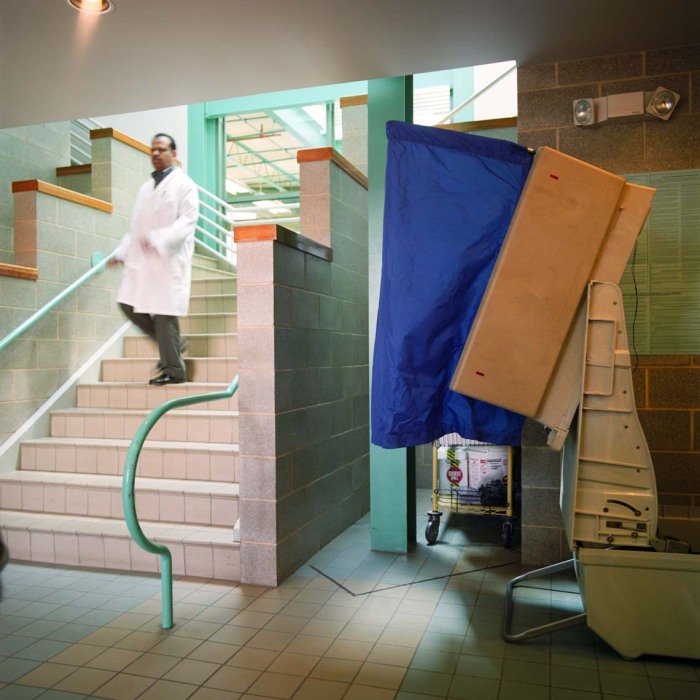
Philadelphia Water Dept. Laboratory. Hunting Park Neighborhood. April 19, 2009.Copyright © 2010 Ryan Donnell. All Rights Reserved.
M: I know in a lot of states photography is not allowed inside the polling stations and in some places you need to stay pretty far back. Did you have any problems or issues with access?
R: I think technically, in Philadelphia County, a member of the media has to register as a poll watcher with the Elections Commission in order to gain access to a polling station. But, that said, each polling station has a judge of elections. This is the person responsible for making decisions and running the polling station. In Philadelphia, each judge seems to rule their station as if it were a little fiefdom. So, really, it was different from polling station to polling station. Some places they were like “Come on in. This is awesome. What TV channel are we going to be on?” and others wouldn’t even talk to me, except to tell me to leave. Of course, some places I could shoot exteriors from the street, which is public property. This issue gets even more complex when you factor in that a lot of these places are also private residences or businesses. In those instances there was another person I had to get clearance from. At times, there was a lot of pleading on my part and also a lot of killer locations that I never got to photograph.

Italian Social Club. South Philadelphia. November 4, 2008. Copyright © 2010 Ryan Donnell. All Rights Reserved.
M: What kind of reactions did you get from people as you approached the various polling places with your camera? Talk about your approach a bit, logistically. Did you have examples of your work to show people you were working on a serious project? Did you have to explain in detail to people what is was you were doing? Or was it a more passive approach where you just showed up, made some photographs and moved along?
R: When I first started the project, I didn’t have any previous work to show, so it was just a matter of convincing people you were there for a good reason. The amount of or type of equipment you carry helps with some of that. I mean how many non-serious people carry around $4000 worth of photo gear into the ghetto to photograph people voting? But, I really relied on years of experience in approaching strangers to ask to photograph them. As a news photographer that’s all you do. I’ve always thought it would’ve made me more adept at hitting on women, but no.
It also helped that most people in Philadelphia are Democrats and everyone was very excited about the Obama election. So at many of the places I went that first day, a lot of good vibes were being thrown out. But in most places, if you’re honest with people and you ask questions and listen, eventually they warm up to you and that often leads to photographs. On subsequent forays, I took a portfolio of prints with me in case people were curious. I often found I didn’t need it though to convince people. They either let me in or they didn’t and regardless of whether or not I photographed other places didn’t matter.

Islamic Mosque, Prayer Rugs Covered. Northeast Philadelphia. November 4, 2008. Copyright © 2010 Ryan Donnell. All Rights Reserved.
M: Was there a certain aesthetic look you were trying to achieve with this project? Did you approach it differently compared to how you approach and execute your editorial and commercial work and why?
R: I’m really conscious of trying to find a look for my images. I was just having this conversation with someone the other day: the idea that when an image or composition works there’s a feeling that it has to be made. It’s all kind of a gut feeling for me. It might be a little like having to pee. You know when you need to pee, but you’re not going to just pee your pants. You’ll wait until it’s the right time or place. Making a nice photo is much the same: you know you need to make a picture, but it’s totally uncomfortable until all the elements (light, composition, timing) are correct. Then you can relieve yourself and make the picture.
And I totally approached it differently then my other work, mostly because I wasn’t having to worry about anyone else’s opinions. At a magazine, even if I know and love the photo editor or art director, we still have to worry about everyone else who’s going to have a say in the final image. And in the commercial world, come on, forget about it. You might have 10 different departments at 3 or 4 different companies fretting about an image. I mean, I try and put most of that stuff out of my mind when I’m completing an assignment because you’d like to believe they’re hiring you for your vision and process, but when you’re working for someone else, you can never fully do that. In the end, you’re working for someone else.
But this is why we all do personal work, because it’s personal. It gets me back to the time I was shooting pictures of birds at the zoo. I don’t have to worry about anyone telling me to pull back farther so they can crop in post or make sure I have negative space for the text. The only person I have to impress is myself. And, it may sound dopey, but in my experience, that’s the hardest person to impress, but also the most fun person with whom to work.
M: What kind of response have you received from people who have seen the work?
R: Everyone really likes the project. I mean it’s weird, which makes it funny and fun, like Philadelphia itself. And almost everyone that has talked to me about it likes the fact that it’s a little window into the wonderful world of Democracy here in the States.
M: Was there ever a time with this project when you just thought it wasn’t going to work? Did you ever doubt your own vision, and if yes, what did you do to forge ahead and keep working on it?
R: Not really, because I never had any expectations for this project. It was a way for me to have some fun and return to a type of photography that I love and to bond more closely with a city that I love as well. And if others saw the project and liked the images, than great. But it wouldn’t have changed the time and effort that I put into it or what I’ve taken away from it.

Sloane Honda. Ward 58, Division 27. May 18, 2010. Copyright © 2010 Ryan Donnell. All Rights Reserved.
M: Did you draw inspiration from any specific photographers, artists, other projects, books, movies etc… when you were conceiving and working on “Behind the Curtain?”
R: Well, I’ve always loved Simon Norfolk’s work, especially his recent 8×10 work. I met him in 1998 at the Imperial War Museum in London when I was studying abroad there. He was exhibiting his genocide work and it just blew my mind. I had been a true acolyte of the 35mm format documentary work of Cartier-Bresson, Eugene Richards, Sebastio Salgado. You know, action-oriented documentary work. Fly-on-wall stuff. Here was a guy taking a tripod and a medium format camera and making beautiful, story-telling pictures in places where nothing was happening. Where nothing had happened for like 90 years. And the pictures were as powerful as anything I’d seen those other guys create. Poof…mind blown. He was also, a super cool dude and his work has only gotten better.
There’s a lot of people doing this kind of documentary work, especially now, that I love. But I’d say that in addition to Norfolk, Jeff Brouws, Walker Evans, Taryn Simon, Joel Sternfeld and my good friend (and former Dallas Morning News staffer) Allison V. Smith are some direct influences on this work and, really, they heavily influence all of my work.
M: Can you talk about the process of working on a long-term project like this? I know it takes a lot of time, patience and determination to stick with it and not abandon it half-way through and move on to the next one. How do you stay motivated, what drove you to keep working on it?
R: Well, this project, like so many others, was born out of two things: a love for the subject and the fact that I didn’t have any paying work going on. The hard part isn’t so much sticking with the same project when you have free time, but, if you’re lucky enough to get busy again, finding time (and motivation) to continue working on the project. With this project, I’m pretty lucky because there are built in days to shoot, twice a year, on very specific days. I can plan my schedule around those times, waaaaay in advance. And by the time a new election cycle comes around, I’m excited to go out again.
They’re called “personal projects” for a reason: they should be very personal to you. You should want to go out and make the photographs. My wife and I love politics and democracy. We talk about it constantly, so this was a very natural project for me. Hell, I’ve considered simply volunteering as a poll watcher and not shooting pictures, just because I like hanging around polling stations. But photographing these places gave me a great excuse to hang around a lot of different polling stations, meet various and interesting people and then (hopefully) share my love with other people.
You shouldn’t start a project because you think it’ll get you more work or because it might get you accolades down the road. People will see through that kind of disingenuousness. And the likelihood is, assuming you’re not one of the celebrity photographers out there who can just get a book published when they snap their fingers, not that many people will see the project. Even if you do get a book published, or a gallery show, or even a feature in a magazine, the fact is, with so many people making and publishing photos and other content these days, it won’t stay in the collective conscious for very long. So in the end, the images and the project has to be for yourself…and maybe for your subjects.
I mean if it wasn’t personal and you didn’t enjoy it, wouldn’t that just be work? And who wants to do that?
For Rodney: Buy a Print, Save a Life
I met Rodney Curtis, a former photo editor with The Detroit News and Detroit Free Press, years ago. Once when I flew up from Florida to interview for a staff position at the Free Press and once when I was the best man for my friend and Free Press staff photographer Romain Blanquart at his backyard wedding in the city. I think I even applied for a photography internship at the Midland Daily News where Rodney was the photo editor. I think it’s safe to say that he probably doesn’t remember me and that’s OK, they were brief encounters in both of our lives. But I definitely remember his big personality and his warmth and kindness.
I was saddened the other day to learn that Rodney was recently diagnosed with leukemia. And, this shouldn’t be a surprise to anyone, his health insurance provider is not paying for a lot of the medical bills. And to add a rotten cherry to the top of this shit sundae, he was also laid off from the Free Press last year.
To hep defray Rodney’s mounting medical costs, photographers from the Detroit area and from the city’s two major newspapers, the newspapers themselves and Tangent Gallery, have come together to organize a print sale called One4one print sale: one moment in time for one great cause. There are a variety of current and vintage images (Some seen here in this blog posting) that document Detroit’s rich music and sports history as well as landscape photos, nature photos, travel photos and much more. More than 100 unframed photographs are available for purchase as 8X10, 11X14 or 16X20 until August 1. So don’t delay, check it out and buy a print for you or someone you love and help Rodney fight the fight.
Jim Marshall 02/3/36 – 03/24/10
The legendary master of rock ‘n’ roll and jazz photography, Jim Marshall, passed away yesterday. His images had a powerful impact on me early in my photographic life when I was walking the line between being a musician and a photographer. I was just out of music school and had just bought my first camera. I had seen Marshall’s photographs for years, but paid no attention to who it was that was creating them. As an aspiring professional musician, I was more interested in the people in the photos, not who the photographer was. I eventually decided to not pursue music as a career and instead became more serious about photography and for the first time became more interested in who was behind the camera and not who was in front of it.
I was always impressed by the rawness and the moments he captured both on and off the stage. I was in awe of his access, the intimacy of his photographs and the trust he was able to create between himself and the subject. They just seemed so pure and real, like he was just a friend, hanging out and making photos. How it should be.
Mr. Marshall’s contribution to the history of music, pop culture and of course photography are priceless. Rock on JM.
This Party’s Over
My days of being a newspaper staff photographer with a regular paycheck, a regular schedule and an often regular dose of bullshit, officially came to a bittersweet end on Friday. Although I left with the burden of mixed emotions swirling around in my mind yesterday, I also felt an overwhelming weight being lifted from my soul as I walked out the door and drove off down the road. This was a weight that had been getting heavier and heavier over the years and one that started to get lighter and lighter in the last few weeks. Am I nervous and scared and stressed about the future? Hell yes, of course! But I’m also excited, free, optimistic and rejuvenated. Eyes wide open and open to any and all possibilities.
Although it has been good to me at times, allowed me to make a living making photographs everyday and provided many fantastic opportunities that I wouldn’t have otherwise had, it has been very clear to me for a long time that my days at the paper were numbered. It was the right time to leave years ago, but for different reasons I hung around, waiting for the perfect time to make my exit. I learned not too long ago though, that there was never going to be a perfect time to leave. An old friend of mine from college once said there comes a time when one must put off building ships and simply put to sea. Despite having a poor memory when it comes to quotes or lyrics or things people said to me almost 10 years ago, that has stuck with me. And now it seems very fitting. I’ve done a lot of building, a lot of preparing, put in a lot of hours. Now it’s time to set sail and find out if this ship is going to be seaworthy or sink to the bottom of the ocean. I don’t think It’ll sink. It might take on some water and encounter some rough seas, but this ship is solid. I hope.
The hardest part of all this, is leaving behind an amazing, beautiful group of friends that have become like family over the years. They’re what makes this a bittersweet departure. You guys have no idea how sorely you will be missed. I won’t be missing the paper so much, but man, these wonderful people, my collective rock, what’s kept me sane and on somewhat solid footing all these years, they will be missed.
collect.give
Got word of a great photography-based project from friend and inspirator John Loomis a few days ago and find it very worthy of sharing with my handful of loyal readers. The brainchild of photographer Kevin Miyazaki, collect.give lets lovers of great photography purchase very reasonably priced prints and donate to various causes at the same time. Every photographer featured on the site, some of my favorite image makers, gives 100% of the print sales to the cause of their choice. Featured photographers this time around are Emily Shur, Allison V. Smith, Dalton Rooney, Susana Raab, Kevin Miyazaki and John Loomis.
Any of these photographs would make for a stunning and unique gift for the holidays or for yourself. And knowing all the profits go to a good cause is just added gravy.
Botanical
I recently put together these collage/grids of close-up and macro photographs made at three area botanical gardens. The first one is from Tropical Ranch Botanical Gardens in Stuart, Fla., next is Heathcote Botanical Gardens in Fort Pierce, Fla., and the third is from McKee Botanical Garden in Vero Beach, Fla. Unfortunately, it’s hard to see all the intricate details and textures in the images on the screen in this format. But you get the idea. I’m Planning on making some big prints of a select few. I really like the top middle image in the first grid. Reminds me of fireworks. These flowers are about the size of a nickel. Enjoy.
Legendary
Had the pleasure of spending a little time with the iconic Burt Reynolds recently at his museum (yes, of course he has his own museum) in Jupiter, Fla. He was a gracious gentleman, friendly, charming, funny and full of stories. Basically, an all around cool motherfucker. If you had to give a visual definition of masculinity, I think Burt would be in the mix. I grew up watching Reynolds in movies like Smokey and the Bandit, Cannonball Run, Deliverance, Sharkey’s Machine and later as Jack Horner in Boogie Nights. It’s hard to believe he’s 73-years-old. Long live the Bandit!
Kool Thing(s)
Here’s a couple things I’ve been looking at and want to share.
I’ve been reading Milwaukee-based photographer Kevin Miyazaki’s blog ever since I discovered there were photographers blogging. Although he seems to purposely let a lot of his fresh produce and other food items shrivel, become moldy, over ripen and rot all for the sake of photography (see the ordinary and detailed photographic gems he discovers and records throughout his home in his reoccurring “within reach” posts), his blog is on my short list of go-to sites I spend too much time with on a daily or weekly basis.
Now I have to add one more Miyazaki creation to the list. To compliment the junior-level photography course he is teaching at the Milwaukee Institute of Art & Design (MIAD), he has established a blog called MIAD-FA382 primarily for his students, but available for all of us to glean over as well. Although I remember reading about the blog on Kevin’s site a while back, I’m only now discovering all it has to offer. There’s over 200 links, interviews with established photographers, student work and other forms of visual stimulation and inspiration. Good stuff.
I’ve been a fan of The New York Times staff photographer and Pulitzer prize winner Damon Winter’s work for many years now. I first discovered his talent when he was at The Dallas Morning News and later with the Los Angeles Times. At the time I thought, here’s this super talented, young photojournalist who also makes fantastic portraits (newspaper photographers are not really known for creating quality portraits. In fact, they’re often very bad). How weird is that? Honestly, it kind of pissed me off sometimes how good he was and how young he was.
Well, I don’t get pissed off anymore, and he’s still really, really good and still churning out stellar photojournalistic work, portraits and everything in between for the Times. Check out this interview with Winter by Pete Brook over at too much chocolate.
Interview with Stacia Spragg-Braude
I first discovered Stacia Spragg-Braude’s work back in 2000 or 2001 when she was just Stacia Spragg, no Braude, and working at the Albuquerque Tribune in New Mexico. I had just graduated from the University of Missouri and was starting my first job as a newspaper photojournalist at the Naples Daily News in southwest Florida. I don’t remember where exactly I saw her work, maybe in a newspaper, a magazine or maybe in the Pictures of the Year contest, but I saw enough of it here and there over the years for it to make an impression.
Years later, 2007 I believe, putting in some time as an editor at Blueeyes Magazine, the brainchild of friend and inspirator John Loomis, I had the privilege of working with Stacia and editing a version of her long-term project on the Begay’s, a Navajo family living on their reservation in Arizona, for the magazine.
Looking through Stacia’s initial submission and then later through a larger selection of her photographs, I remember being struck by the beauty, power, mystery and intimacy of the black and white images of a landscape, culture and people I was unfamiliar with. I recall feeling that she’s not only a fiercely dedicated and determined photojournalist, but must have an intense personal connection and relationship with this family to spend roughly a decade making these photographs and telling this family’s story.
Now, two years after working with her for that issue of Blueeyes, I discovered, through one of the weekly Photo-Eye “New Arrivals” email newsletters I receive, that Stacia’s “To Walk in Beauty: A Navajo Family’s Journey Home” has been published and is on sale (here and here and here) . I immediately sent her an email to congratulate her on the book, her success and good fortune and asked her if she would be OK with me posting a little something on my blog.
Below is a Q&A we had via email. Enjoy.
MATTHEW: Tell me about yourself and how you got started with photography and why you chose the photojournalism/documentary path with your work?
STACIA SPRAGG-BRAUDE: I guess I’ve always had a camera with me, though growing up it was a disk camera (remember those, with really tiny negatives on a wheel that looks like a ViewMaster card)? I studied journalism as an undergraduate, but switched over in grad school to cultural geography. It was actually my Russian studies geography professor who told me I was in the wrong line of business when I tried to convince him to let me photograph my Master’s thesis on ethnic Turks in Bulgaria instead of compiling endless research and writing about them. That and I can’t read a map. So I switched to studying photojournalism at the University of Missouri in the early 1990s. In terms of deciding to specialize in photojournalism, to me that was what photography intuitively was. It wasn’t a conscious decision to specialize since that’s what I had been doing all along without having a name for it.
M: With the newspaper/magazine/media business being what it is, and with a lot of photographers losing their jobs either by taking buyouts, getting laid-off or deciding to leave by their own accord, I’m curious about your time at the newspaper and why you left?
SSB: I only had one internship with a newspaper while studying at Missouri, and that was with the Albuquerque Tribune. Right after that, I joined their staff and I spent about 8 or 9 years working with them. It was a fantastic place for photojournalists, since we had a great deal of autonomy, and creativity was encouraged and expected. There really wasn’t even a box to try to think out of, you know? I decided to leave in 2005 when I realized I had used up all my vacation and comp time and couldn’t take my honeymoon. That and I was really burned out…kept looking at the clock wondering when I could finish my assignments and go rock climbing instead. I had no idea what I would do next, but I knew then I needed to take a leap of faith (or stupidity) and find “next.”
M: Has it worked out the way you thought it would? Any regrets?
SSB: No, it hasn’t worked out the way I thought it would. And yes, it has worked out the way I thought it would. I left in 2005 when the photojournalism world was still fantastically different from now and I envisioned doing projects abroad and actually getting paid for it. But I got pregnant right away and basically spent the next 10 months eating Krispy Kremes and wondering how the hell I would salvage my professional life, or if I was doomed to trading a camera bag for a diaper bag. When Junior came, it wasn’t quite as dire as my imagination lead me to fear and I got inspired to turn the Navajo project into a book, because I felt I had come full-circle in the bigger picture of life, and more importantly, the Begay family I had photographed had come full circle as well. It was time. I stopped worrying about following a certain path that I had laid out in my mind and in so many dreams as we’re encouraged to do, and instead found the beauty in making things up as I went along, and accepting burn-out as a necessary weigh-station for the soul to find its next adventure. In other words, I followed the advice of my friend and fellow photographer, Scott Lewis, and stopped trying to force things like creativity, inspiration, project ideas, etc., and let things just come to me. It’s much harder than it sounds at first, but then it’s incredibly easy, like eating pancakes.
M: How did your long-term project on the Navajo family, the Begay’s begin? How many years have you been working on it? Is it complete or is this the kind of story you will keep coming back to?
SSB: I met the Begays rather by chance during my internship at the Tribune back in 1996. We became friends, and I spent weekends here and there with them, going to different Navajo ceremonies, herding sheep, eating lots of frybread and hanging out. As a photographer/story-teller, I was fascinated and inspired by how they were committed to passing down a legacy to their children, and how they were intent on saving their culture and identity. They lived several hours away, and most family members didn’t have phones then. So I’d get out as often as I could, and I missed a lot of stuff, to be sure.
When my internship ended, I didn’t want to leave New Mexico because I was captured by this project, so I took a job tutoring English that paid crap but gave loads of un-paid leave so I could spend chunks of time driving to the reservation. After being hired full-time at the Tribune in 2000, I continued working on the project, though not as frequently because of other assignments. I made it out there for special ceremonies, events, etc., and kept everything on my own time so I retained the copyright. Over the years the Tribune did publish some mini-stories, such as when Heather had her coming-of-age ceremony, and the editing/scanning and that sort of thing were done on company time since that particular article was for the paper. But otherwise I kept it separate (thank God I had enough sense for that…) This all unfolded over the course of 10 years.
The story is definitely not complete (is it ever?), but I felt in 2006 that the timing was right for a book when Makiyah was born. She was the fourth generation of the family that I had photographed. I had started photographing her mother, Heather, when she was maybe 10, and now she was having a child of her own, and wanting to have the same traditional ceremonies for her daughter. The journey I had witnessed with this family had come full-circle in my mind, and as I mentioned so had I when my son was born, and my inner voice told me it was time. I had to let go of it then, and with it, a piece of my life. All of my 30’s was connected to photographing this family.
M: You said all of your 30’s were connected to this family and telling their story. How did this project and the Begay family influence your own life?
SSB: Wow, now that’s a question. Hmmm, I don’t think I’m that much different from other photographers, perhaps photojournalists specifically, whose lives become so interwoven and twined together with the communities and individuals they are shooting that it starts to define them. I think that’s the great beauty of being a photographer, that you can enter into these other worlds and realities, spend some time there, and return to your own, but by doing so you have expanded your place on the earth, and you are never the same. In other words, there’s no boundary between your work and who you are; photography is not a job, it’s just how you pass through life. It’s not just the images that define you, or the portfolio, but it’s all those people and places and things that you experienced as a photographer who make you who you are. They will always be with you. To me that’s a great comfort. It’s kind of like a violin in the way the wood, and consequently the sound it makes, starts physically changing and forming in its own unique way over time based on who is playing it. So the past is always very much alive inside you. It creates your sound.
For me, I spent a lot of time traveling and shooting in my 20’s, and getting my heart broke, having many adventures, but always looking for a sense of home. While spending time with and photographing the Begay’s in my 30’s, I saw a family in their imperfect but beautiful and determined way trying to hold on and define who they were as a people and family and where they came from. In other words, their identity. And while photographing that, unbeknownst to me, I was forming my own identity and putting together all the things I had learned in life from my elders and my experiences. So actually most of the images in the book turn out to be very auto-biographical. It’s always a waltz between the photographer’s soul and that of the person or place they are photographing.
M: Can you talk about the process of working on a long-term project like this? I know it takes a lot of time, patience and determination to stick with it and not abandon it half-way through and move on to the next story. What drove you to keep going back and spending time with this particular family?
SSB: Oddly, I don’t consider myself a long-term project photographer. That just sort of happened with this project because it was a good counter-balance creatively to working for a newspaper. I had no expectations on the project (well, maybe a few), no editors, no deadline, no rules. So why quit? Besides, we were and continue to be friends, and part of each others’ lives, so all the time spent out there wasn’t just “work.” That being said, there were several times I felt like I was creatively burned out and not producing any meaningful pictures. When it started feeling like I was forcing myself to make pictures and to see, I backed off and said it was time to let go. At one point I spent 6 weeks living in a hogan with the family. It sounds dreamy for a photographer, and there were moments and time in there that were ethereal and magical. But many other days too when I was feeling creatively bored, seeing the same thing over and over, eating too many carbs, and feeling sleepy. I didn’t look at those negatives for at least a year afterwards, but eventually found that many of the images had incredible meaning and symbolism years later, but not then. Funny how that works. Don’t trash your negatives (or digital files).
M: Do you still keep in touch with them?
SSB: Yes, we are still friends. In fact, a couple of the family members married my husband Darren and me. But I no longer really photograph them. I just let go of that, at least for now.
M: As you’ve already mentioned, this same story is also the subject of your new book “To Walk in Beauty: A Navajo Family’s Journey Home.” Can you talk about how getting this project published came about and talk about your experience and the process? How much control did you have and did you ever consider self-publishing?
SSB: I had no idea what I was doing when I first sought a book publisher. I attended Review Santa Fe and met with a few book editors there, which was a big help in terms of really understanding what they’re looking for in a photo book proposal. I had advice that covered the spectrum, from showing a complete mock-up (whether an artist’s hand-done, one-of-a-kind book or an In-Design produced rough draft) of how I envisioned the book, to the more minimalist approach of just showing book publishers the photographs to see if they would be interested. I ended up designing a signature, which for me consisted of 6 or 7 pages I designed with the text and photographs in In-Design, printed on nice paper with my Epson printer and then simple-stitched together by a local book-binder. I sent the signature along with the book proposal, each publisher has a different proposal to fill out (you can usually find these on the publisher’s websites). Since it was time-consuming to do these proposals, I carefully made a hierarchy of publishers I would contact. I started with 4 or 5 university presses in the Southwest, since it was important for me to find a publisher that had a background and understanding of the Navajo culture.
I also really wanted to find a publisher that would be willing to allow me as the photographer to be involved in the whole process of editing, designing and proofing. After that initial round, I had plans to contact publishers who specialized in photo books like Nazraeli, Phaidon, etc., but I never made it to that round since the Museum of New Mexico Press contacted me and was interested in offering a contract. I felt like it would be a good match for this book.
Three publishers right off the bat were interested. So I had to figure out what my priorities were. For me, I wanted to avoid having to put up any of my own money or take the time to find grant money to fund the publishing. I’ve heard this is pretty common for photographers trying to publish photo books. Secondly, I wanted to have some involvement in the editing and design stages. And thirdly, I hoped to get the book published in a timely fashion, so it wouldn’t languish on some shelf and grow old. I knew going into this that I wouldn’t make any money off a photo book, so I didn’t have that expectation. The Museum of New Mexico Press had the money to publish the book, and had a small staff that I had a good feeling about. And they wanted to release it in a year, which is a relatively fast turn-around in the book world. I hired a photo consultant (Joanna Hurley) to look over the contract the Press was offering and make suggestions before I signed it.
Over the next several months, I worked with an editor at the Press on the written part of the book. The designer, David Skolkin, who just recently helped found Radius Books, liked my design approach and went with it, adding and modifying with his improvements and style. I did all the scanning and toning myself (the project was shot on film), despite reading advice to hire out for this and call in the professionals. I’m sure that would have been nice, but I didn’t have the money to do that, and I felt like well, the conditions weren’t perfect when I shot it, half the damn time I was shooting with expired film pushed too much, so why not just use my crappy scanner and see what happens. It will be good enough. And I’m happy with the end result, but it took a few aneurisms and melt-downs during the proof stages to get there (for the first proofing, the printer thought I really didn’t want the shadows so dark and decided to just… open them up! I really did have heart palpitations.
Another confounding aspect was when the designer instructed me to choose a duotone color. I felt like I was painting the Queen’s bathroom or something, with too many swatches in Photoshop spread out over the floor. I furiously made too many prints covering the whole damn color spectrum, and it all changed depending on my mood, what kind of light you were viewing them in, etc. Ultimately the designer and I came across a black and white photo book which had a duotone we loved and felt wonderful for my work. We sent that book to the printer (in Singapore) and asked them to match it. And no, I wasn’t on press when they printed it, though everyone will tell you to try and be there. It just wasn’t realistic for me since they didn’t have an exact run date, and the last-minute tix from here to there were like $3000. Wasn’t going to happen. I like to buy shoes and film and wine too much. So I burned effigies and wore the same socks and muttered spells under my breath the whole time they were printing in hopes that it would translate into a good press run with happy pressmen. It worked. The book looks better than I ever imagined.
One more note regarding control in the process. While the designer liked my approach and didn’t muck with the edit I presented them, and I felt that the book staff listened to my input and respected my opinions, ultimately He Who Pays For the Press Run, Owns the Press Run. So if the publisher put up the money, they have final say-so over everything. They also asked for my “thoughts” on the cover’s image, and I offered 3 or 4 photo “suggestions.” But it’s clear that the publishers do the final selection. Which I think is okay since they really wanna sell the damn book. But I think this is why self-publishing is a better route for some folks, and I would have considered that if I had not found a publisher whom I felt I could work with.
M: What was the experience like? Is there anything you would do different?
SSB: The experience was a bit nerve-racking since I had no idea what to expect. I was used to working with newspaper and magazine editors. After making the signatures, I muddled my way through the minimum one needs to know to create a document in In-Design and made a mock-up of the book so I could show publishers how I envisioned the book feeling, but also to help me with the photo editing and flow. I would definitely encourage photographers interested in doing a book to consider this step, intimidating as it may seem. I’m a minimalist (or maybe just lazy and hate using a computer), but you can’t just show a stack of photographs that have consumed you in the making and expect designers and editors to intuitively know exactly how you want a book to feel. I am definitely not a designer, but I definitely knew how I wanted the flow to go, the tone of the book, how it should feel in the readers’ hands. The more articulately you can discuss and present this, the better. Perhaps the publishers might have a better idea for the design, and hopefully you can arrive at that together, but at least they know where you are coming from up front. That’s just my opinion, but then again maybe I just have a control issue with a project that was a dominant force in my life for so many years.
M: How did you decide on the final edit of the book? Did you work with any editors or others to help finalize what was published.
SSB: I went back through the 6 or 7 binders full of negatives and did a very wide edit, maybe of at least three times the number of photos I thought I’d finally end up with. Hell, just about anything that was in focus I circled in red wax pencil. I made plain paper print-outs, rented a cabin in the mountains for a couple of days, and whiddled that down to 80 or 100 photographs. I didn’t just select the pictures that I felt were the best either, I also included pictures that I was irrationally attached to, and other images that went along well with the oral histories I excerpted throughout the book. The flow of the photographs had to be inter-woven with the flow of the stories the family was telling in the text, so it follows a story line, much like a long epic poem. It’s not chronological or subject-related. My friend and fellow photographer, Scott Lewis, helped at this point to make sure what I wanted to say as a photographer would make any sense to readers. That input is vital.
The next and final phase came after drinking much wine one night and realizing that the body of work paralleled a Navajo prayer which illustrates in words how the Navajos traditionally approach life. In the Navajo’s world, “beauty” embodies being centered, balanced, to have peace with yourself and with others around you, to walk this path of beauty. I structured the flow of photographs to follow the words of this prayer: to walk in beauty with beauty behind me (the world of the ancestors and the old ways), with beauty around me (traditions being passed to the younger generations), with beauty above me (the realities of 21st century life on the reservation and the death of the elders), and ending the book with beauty before me (the birth of the next generation).
M: What kind of advice can you pass along to other photographers who want to publish a book?
SSB: Besides the things I mentioned above, here are some other suggestions. The first and foremost I actually heard from Darius Himes, a founder of Radius Books who at the time was with Photo-Eye. He said to absolutely know why you are doing a book. It seems a simple question, one that is obvious, but I think it can be highly nuanced and will give you direction if you answer it honestly. For me, it was the chance to weave together my images with the Navajos’ words to create a narrative poem of their journey as I saw it. I liked the idea of putting that poem down permanently in a book, which has a very different feel than in other media such as the internet, magazines, newspapers, museum exhibits. And that mission statement dictated how I edited.
For instance, it wasn’t about necessarily assembling my best portfolio work to showcase, it wasn’t about trying to use the book as a springboard for getting future assignments or projects, it wasn’t about making money, it wasn’t about making a photo album for the family, it wasn’t about trying to impress editors or win awards. I think all of those motivations for doing a book are fine, as long as photographers are honest with themselves up front, because that is going to dictate the edit, who you decide to go with to publish it, whether you publish it yourself, whether you are willing and able to put up money to get it published, whether it’s paperback or hardcover, etc.
After that, look at photo books you like and who published them. See what other titles those publishers have released, and whether your work would be a good fit for them. Do as much research as you can to see if there are other photo books similar to the one you are proposing, and determine how yours will be different, better, complementary to the body of work already out there. In other words, you’re going to have to convince the publisher that your book is needed and desired. Really try to figure out your audience, that will not only help with your editing, but you need to know how and to whom you are going to market it, and you’ll have to provide fairly specific suggestions to the publisher.
Besides other photographers, who would want to buy your book? Are there specific organizations, clubs, schools, etc. that would be interested? Try to get as specific as you can. And find someone who knows your work whom you respect who can help you edit. I had the misconception that the publisher would want to sit down and edit the work with me. That wasn’t the case for me, though I’m sure every publisher is different. Mine just wanted the completed work. But regardless of that, before you approach any publisher, you should have a pretty clear idea of the edit you like, and work it out from there. There are so many more things I could suggest, but I guess this is a start!
M: I find it very interesting that you have been working as a farmer for the last coupe of years. How did this come about and how does it fit in with your photographic career? Do you see any similarities between working the land and growing food and being a photographer? Now that the book is published, what’s next? Are you working on a new project?
SSB: How the hell I got into farming. I live in the village of Corrales, along the Rio Grande, here in New Mexico. It’s one of the oldest continually farmed areas in the country, being farmed by Native Americans for centuries, then by the Spaniards after their arrival in the 1600s. I’ve been active for years with a group that tries to help preserve farmland by helping landowners put some of their land in a trust so that they retain ownership but that limits develop. A couple of years back, when I was really burned out on photography, another committee member said “Hey, let’s farm” and I couldn’t think of any reason not to. Some folks with land by the river allowed us to use their land (they can get a tax benefit) so we just planted a lot of things on a little over an acre, and somehow started specializing in various types of potatoes, white ones, blue ones, red ones, yellow ones. It’s sort of random, but not really, because it’s just another way of being connected into life’s deeper cycles and in the community, something that I feel photography has given me, especially at the newspaper. I love being covered in dirt, I love the hot sun on me, I love not being attached to a computer, I love feeling like I’m doing something real. And quite often in photography, I felt limited, like I wasn’t really doing something real, just photographing others doing something real. And I love doing something so intimate and vital, like growing food.
That being said, I’ve discovered I’m at heart a story-teller, and this year I’m helping an 80-year-old farmer with her farm and fruit orchard here in Corrales while I do a book about her. I’m just following the muses on this one, I’m definitely not driving, but playing around with writing more and shooting with an old Brownie 8mm movie camera. I hope to start writing a collection of essays with some images of her this winter, once the harvest is all done.
Sick For Profit
A new video and online campaign by Brave New Films called “Sick For Profit,” above, or at sickforprofit.com, features St. Petersburg Times photojournalist Steve Coddington who I wrote about in a September 7th post here on Eat the Darkness. Check out the video and learn more about Steve’s struggle to provide care for his wife here.
KD Prints For Sale
New York-based freelance photographer Kenneth Dickerman, a friend of mine since our days together in the photo-j program at the University of Missouri, is offering a selection of prints for sale through his newly created blog “Due to a combination of people asking to buy prints and a lack of actual work these days.”
Kenneth is a strong-minded, idealistic photojournalist who has always, as far as I can remember, done things his way and never wavered from his personal aesthetic and philosophy toward photography. Depending on how you look it at, this has been either a good thing or a bad thing. It might not be as lucrative, hence the print sale, but I tend to side with the former. He’s stayed true to himself, maybe to his own fault financially, but true nonetheless.
We all know the current state of the economy and publishing world have wrecked havoc on all freelance and staff photographers regardless of their area of speciality. In fact, it’s hurt almost everyone, no matter what line of work you’re in. Money is tight, and for some, not even there. But if you have a little chunk of change to spare and would like to help out Kenneth and receive a print of your choosing in return, go check out his work and decide if you like what you see. And remember, if one of his selected images don’t jump out at you, be sure to check out his website for more of his work. I’m sure he will work with you to make a purchase.
Help Steve Help His Family
St. Petersburg Times photojournalist Steve Coddington and his family need your help. I don’t know Steve, his wife Marian or his two children, but it doesn’t really matter, and it shouldn’t matter to you either.
Steve is in the battle of his life. Steve vs. CIGNA (his insurance provider). Steve’s wife Marian suffered a brain aneurysm last year. After spending months in various hospitals, Marian was transfered to an acute care hospital. Well, the insurance company eventually decided to not pay for the care and Steve took Marian home, taking on the full-time job of caring for his wife and their children. A lot of money has already been raised, but they could still use your help. Read more about it here, do the right thing and give what you can. Every little bit helps.
Health care reform NOW!
Tasty Bits
In case you haven’t already seen these posts, here are a couple tasty bits to chew on today.
My good friend John Loomis gives us a peek inside his “bible,” a collection of lessons learned, tricks of the trade and other words of wisdom he’s gathered and recorded in his notebooks over the years.
Daniel Shea interviews Alec Soth over at Too Much Chocolate.
Enjoy!
Idolatry
Last Thursday I photographed the American Idol auditions in Orlando. Other than the disastrous planning on the back end, it was a good time. However, having to get up at 1:30 a.m. so I could leave my place at 2:15 a.m. so I could meet up with my crew at 3 a.m. so we could be in Orlando by 5 a.m. kinda sucked. But not surprising. Nothing like working on 4 hours of half-sleep. You know, that kind of sleep where you’re too worried about not waking up on time so you never really sleep. Fun. I guess it simply didn’t occur to anyone doing the logistical planning that it might be a good idea to arrange for hotel rooms for the night before the gig. If I hadn’t found out about it the afternoon before, I would have booked my own damn room!
Ryan Seacrest looks exactly like he does on the tube. He’s as tall as I expected him to be. Wears hip, trendy clothes and is put together. And he actually seems to be a decent, down to earth human. He was approachable and friendly with the hopeful singers waiting for their chance to be humiliated and made fun of on television and the web. He was accommodating and friendly with the press. He posed for a few pics and signed some autographs. He even seemed to be genuinely enthusiastic to be there doing his job. So, despite what Simon says, he’s not the complete dolt I thought he might be.
TF & AH
Another tasty gem from Ottawa-based photographer Tony Fouhse. Tony interviews WTJ author and editorial photographer Andrew Hetherington on his blog Drool.
I’m hoping to incorporate semi-regular interviews with photographers here at Eat the Darkness in the near future. So stay tuned.
The Making of PP
You’ve probably already seen this over at APE, but in case you haven’t, check out this great post by Scott Dadich, creative director at WIRED magazine, about the making of Dan Winters’ book “Periodical Photographs” on the Society of Publication Designers blog Grids.
Winters is a great inspiration and one of the best editorial/portrait photographers working today. See more of his amazing work here.
Make a Print
A nice post by Ottawa-based photographer Tony Fouhse over at his blog Drool about the printed photograph. It’s worth a few minutes of your time on this Sunday afternoon. Hope everyone here in the states had a fun and safe holiday weekend.
